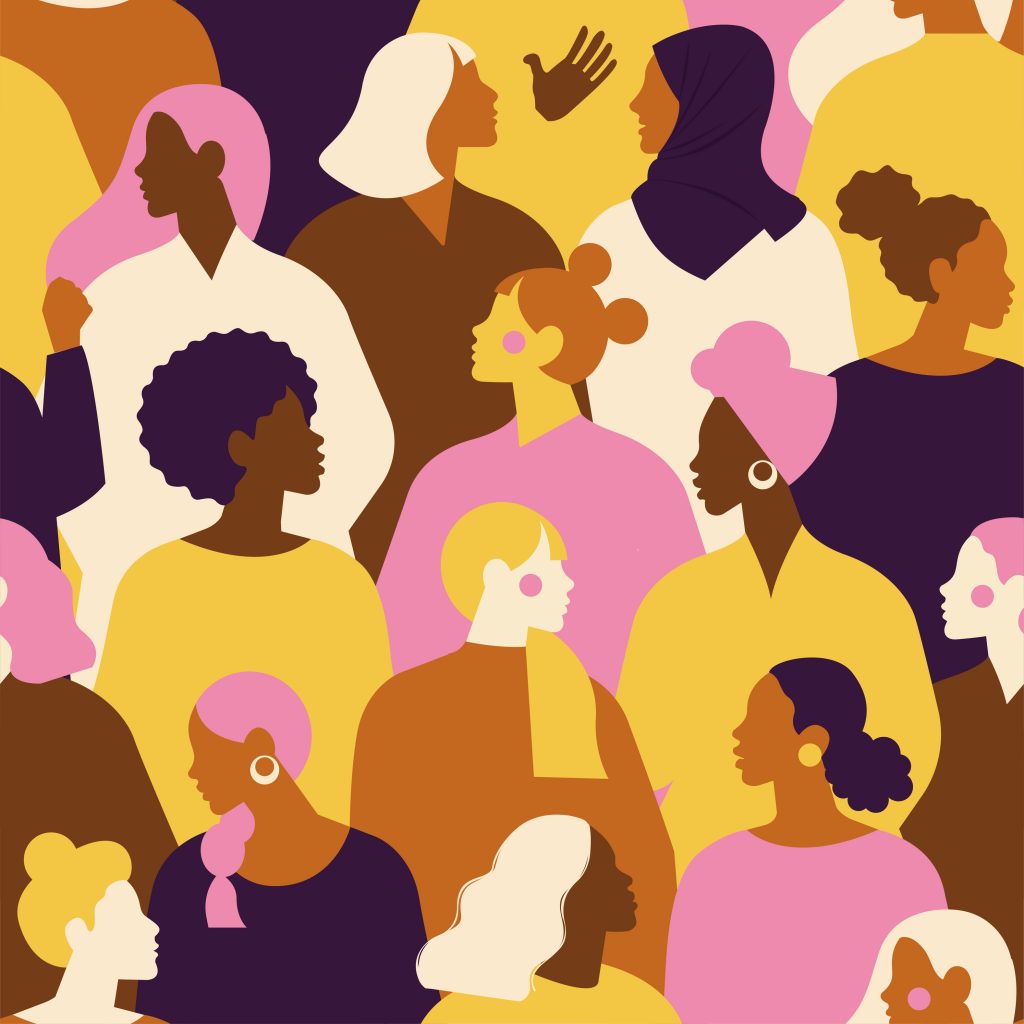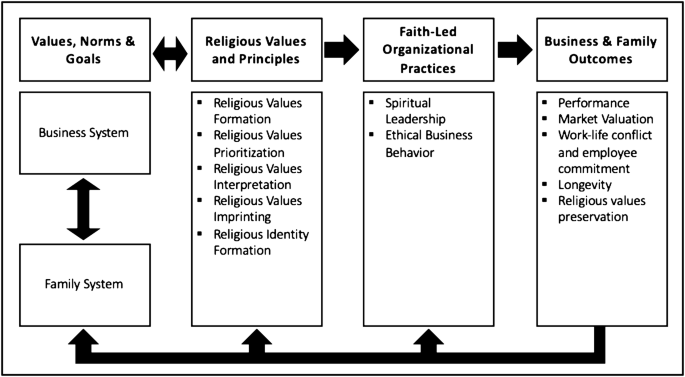Exploring the Role of Women in Religious Communities
Introduction:
Women have played significant roles in religious communities throughout history, despite often being overlooked or marginalized. It is crucial to examine and appreciate the contributions of women in various religious traditions. This blog post delves into the role of women in religious communities, highlighting their important roles and the challenges they have faced. By shedding light on this topic, we hope to foster a greater understanding and appreciation for the integral role women play in shaping religious communities.
1. Historical Perspectives:
Women have been actively involved in religious communities since ancient times. In Christianity, notable women like Mary Magdalene, Mother Teresa, and Hildegard of Bingen have made significant contributions. Similarly, in Islam, women such as Aisha, Khadija, and Fatimah have played crucial roles in shaping the faith. Recognizing historical instances of women’s leadership promotes inclusivity and breaks stereotypes.
2. Participation in Rituals and Worship:
Women actively participate in religious rituals and worship in various traditions. In Christianity, they serve as clergy, acolytes, and choir members, while in Hinduism, they lead prayers and perform puja (worship). In many religious communities, women contribute through volunteering, organizing events, or leading congregational activities. Emphasizing the active involvement of women in religious practices enriches the overall spiritual experience.
3. Advocacy and Social Justice:
Women in religious communities often spearhead advocacy and social justice initiatives. They promote charitable activities, serve the needy, and address social issues within their faith communities. Groundbreaking initiatives led by women, such as the Catholic Worker Movement started by Dorothy Day, highlight the instrumental role of women in fostering positive change.
4. Challenges and Opportunities:
Despite their valuable contributions, women in religious communities have faced numerous challenges. Gender inequality, limited leadership roles, and systemic barriers are still prevalent in many traditions. However, recent years have witnessed progress, with more opportunities emerging for women to assume leadership positions. Initiatives like women’s ordination movements in various Christian denominations reflect the changing landscape for women in religious communities.
5. Empowerment and Support:
Addressing gender disparities and empowering women in religious communities requires commitment from both religious institutions and individuals. Encouraging dialogue, listening to women’s voices, and providing equal opportunities for education and leadership are crucial steps. By nurturing an inclusive environment, religious communities can benefit from a diversity of perspectives and enrich their spiritual growth.
6. Role Models and Inspirations:
Highlighting inspiring stories of women who have made significant contributions to religious communities can empower others. Profiles of trailblazers like Sojourner Truth, Rabi’a al-Adawiyya, and Sara Kali give visibility to the impact of women in faith traditions and serve as a source of inspiration for women and girls worldwide.
Conclusion:
Understanding and appreciating the diverse roles of women in religious communities is essential for fostering inclusivity and promoting gender equality. By recognizing and amplifying their contributions, religious institutions can create a stronger and more enriched faith community. Embracing women’s empowerment in religious spaces empowers individuals and strengthens the foundation of religious communities for future generations.











